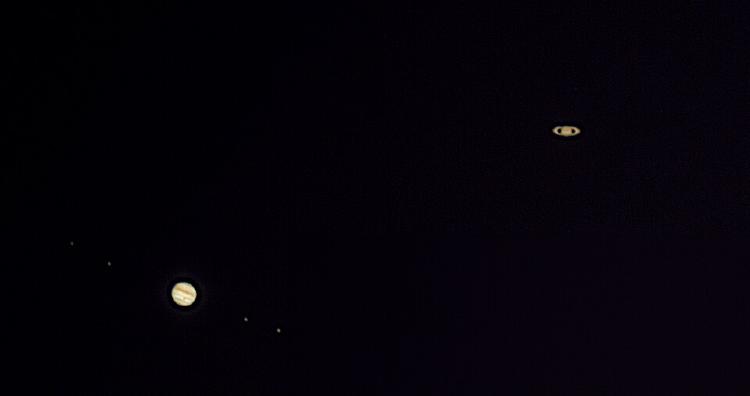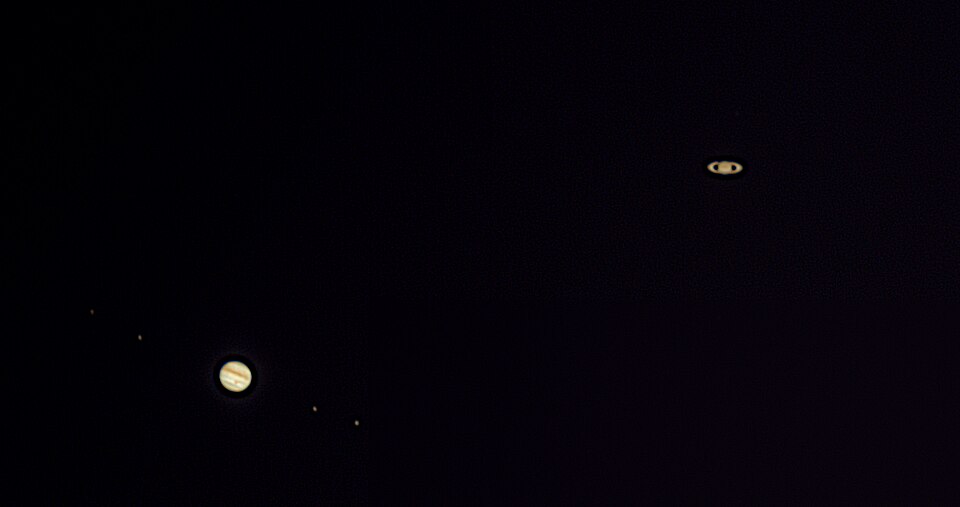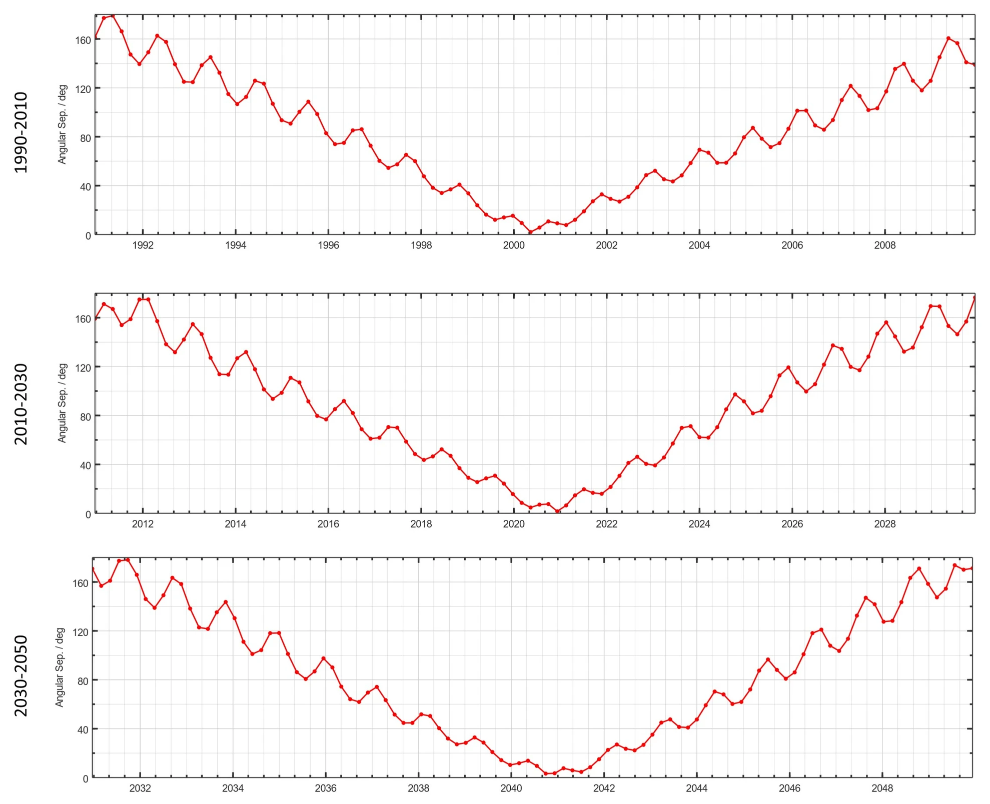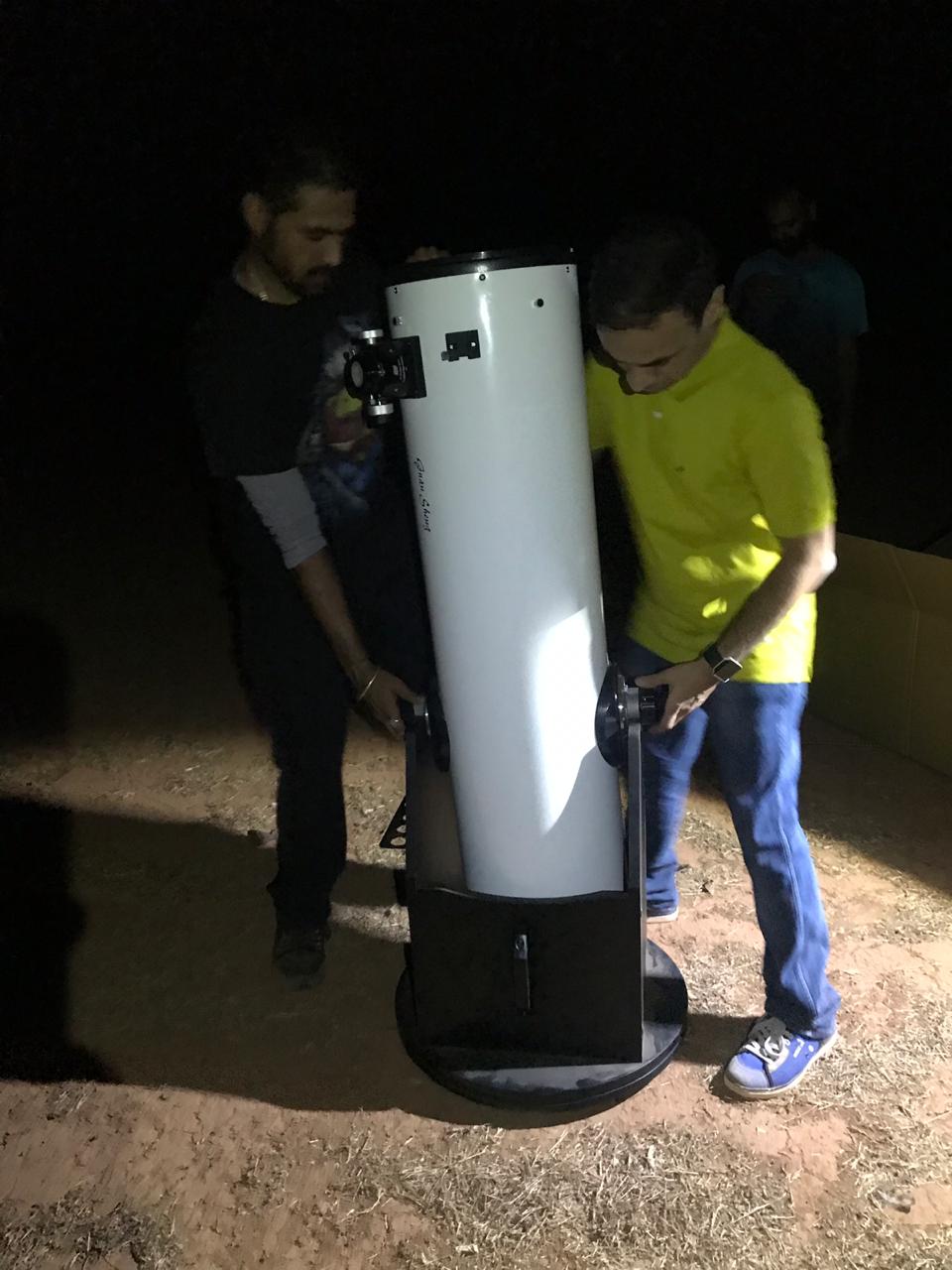Saturn and Jupiter's Great Conjunction: A Once-in-a-Lifetime Event?
This is the story of a river that can affect rainfall in India during monsoon season. Unlike the rivers on the land, this river flows in the ocean

- Dr. Vivek Shilimkar
- 2 min read

A lot has been said about the rare celestial event occurring on December 21, 2020—the Great Conjunction of Saturn and Jupiter. On this day, the two gas giants will pass within just 6 arcminutes (or 0.1 degrees) of each other—appearing almost as a single bright “star” to the naked eye.
Excitement is building as the D-Day approaches. But many are asking: Does this event really happen only once every 800 years?

Saturn-Jupiter Conjunction
How Often Do Saturn and Jupiter Conjoin?
The short answer: not quite every 800 years. Saturn and Jupiter are in conjunction roughly every 20 years when Jupiter overtakes Saturn in the sky due to their different orbital periods. The line chart below (1990–2050) clearly shows these regular 20-year intervals.

Charts courtesy: in-the-sky.org
However, not all conjunctions are created equal. The distance between the planets during conjunction varies because of their slightly tilted orbital planes. For example:
In 1821, they were 1°22’ apart (barely close).
But in 2020, they’ll be just 0.1° apart—the closest since the 1600s!
You’ll get the best view just before midnight on December 21 (IST). But here’s the good news: the planets are within 0.15° on December 20, 21, and 22, so you actually have three nights to witness this cosmic spectacle.
When Did We Last See Such a Close Conjunction?
The last similarly close conjunction occurred on July 16, 1623, when the planets were just 0.08° apart. However, that conjunction went unseen by the public because the planets were too close to the Sun in the sky.
So where does the “800 years” claim come from?
The answer lies in visibility: The last time a similarly close and observable conjunction happened was on March 4, 1226—almost 800 years ago, when the angular separation was a stunning 0.03°.
The next one? Mark your calendars for March 15, 2080, when the two giants will once again be 0.1° apart—just like in 2020. Some very lucky observers may get to see two such conjunctions in their lifetime!
How to Watch the Great Conjunction
To the naked eye, Jupiter and Saturn will appear as one bright star. But with binoculars or a small telescope, you’ll be able to see:
- Both planets separately
- Jupiter’s four Galilean moons
- Saturn’s iconic rings
We’ll be observing with a 10" GSO telescope, and hope to capture some fantastic photos—stay tuned for those!

10" Dobs telescope
A Celestial Moment You Don’t Want to Miss
So, don’t miss this once-in-a-12-lifetime event (yes, it’s that rare)! Get outside, look southwest just after sunset, and enjoy a glimpse of the cosmos aligning—literally.